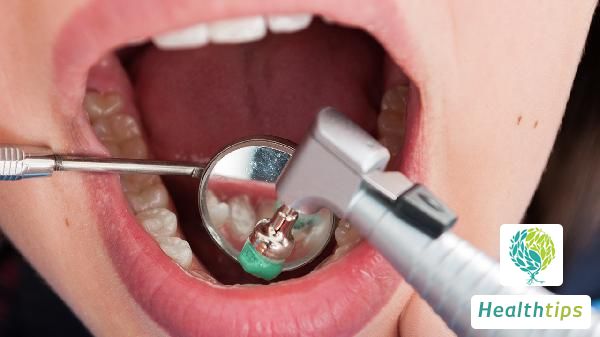What Is Xiaoer Guqiao Qingre Granules and What Are Its Effects?
Children's wind-heat fever with stagnation syndrome is relatively common, manifesting as fever, cough, sore throat, nasal congestion and rhinorrhea, anorexia and thirst, constipation, abdominal distension, and sour-smelling stool. These symptoms can be improved by administering pediatric Guqiao Qingre granules, which are made from Forsythia suspense, Mentha haplocalyx, Schizonepeta tenuifolia, Rhei radix and rhizome, Paeoniae radix rubra, Magnoliae officinalis cortex, Pinelliae rhizome, Bupleurum radix, etc. What is pediatric Guqiao Qingre granules and what are its efficacies? Let's take a look.

Pediatric Guqiao Qingre granules are a type of traditional Chinese medicine. It is composed of Forsythia suspense, Semen Sojae Preparatum, Mentha haplocalyx, Schizonepeta tenuifolia, Fructus Gardeniae (fried), Rhei radix and rhizome, Artemisiae annuae herba, Paeoniae radix rubra, Arecae semen, Magnoliae officinalis cortex, Scutellariae radix, Pinelliae rhizome, Bupleurum radix, and Glycyrrhizae radix and rhizome. It has the efficacies of dispelling wind and resolving exterior syndrome, clearing heat and resolving stagnation. It is used for children's wind-heat fever with stagnation syndrome, manifesting as fever, cough, nasal congestion and rhinorrhea, sore throat, anorexia and thirst, abdominal distension, constipation or sour-smelling stool, and yellow urine.
This product is indicated for children's wind-heat fever with stagnation syndrome, manifesting as fever, cough, nasal congestion and rhinorrhea, sore throat, anorexia and thirst, abdominal distension, constipation or sour-smelling stool, and yellow urine.
(1) 2g per bag; (2) 2g per bag (without sucrose); (3) 4g per bag; (4) 4g per bag (without sucrose).
Take orally with boiled water. For children aged 6 months to 1 year, 1-2g once; for children aged 1-3 years, 2-3g once; for children aged 4-6 years, 3-4g once; for children aged 7-9 years, 4-5g once; for children over 10 years old, 6g once; three times a day. It is recommended to follow the dosage instructions on the package and not to exceed the recommended dosage.
If used concurrently with other drugs, drug interactions may occur. Please consult a doctor or pharmacist for more information.



















